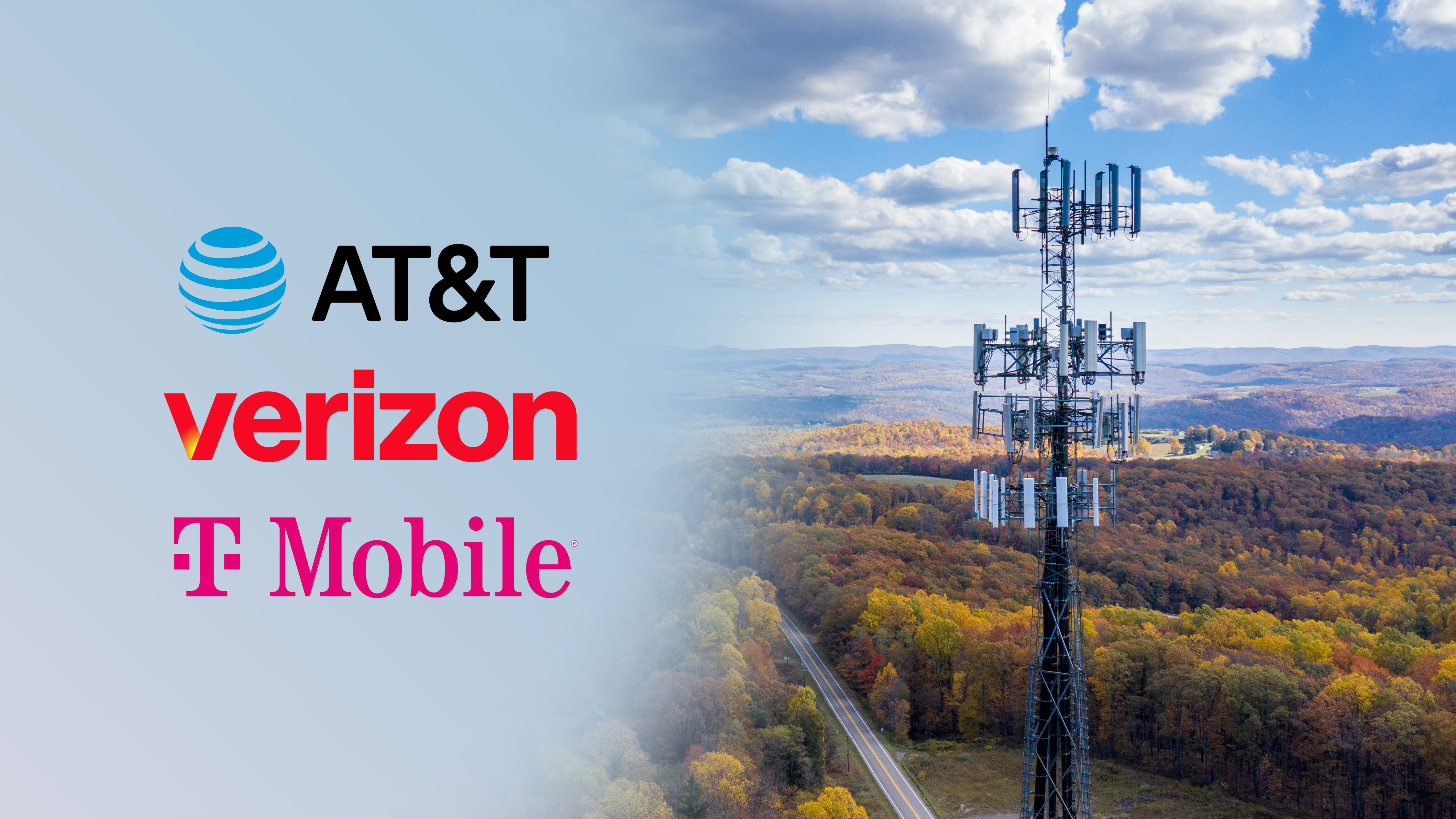Network Carriers
Latest about Network Carriers

Best cell phone plans in 2025: The best options for your monthly phone service
By Philip Michaels published
Looking for the best cell phone plan for your needs? We’ve rounded up the best choices for family plans, unlimited data and low-cost plans from prepaid carriers.

Verizon's epic Black Friday deal offers a new phone, watch and tablet for free
By Louis Ramirez published
Verizon's Black Friday deals include plenty of freebies on our favorite phones including the iPhone 17 Pro and Pixel 10 Pro. Here's what I'd buy.
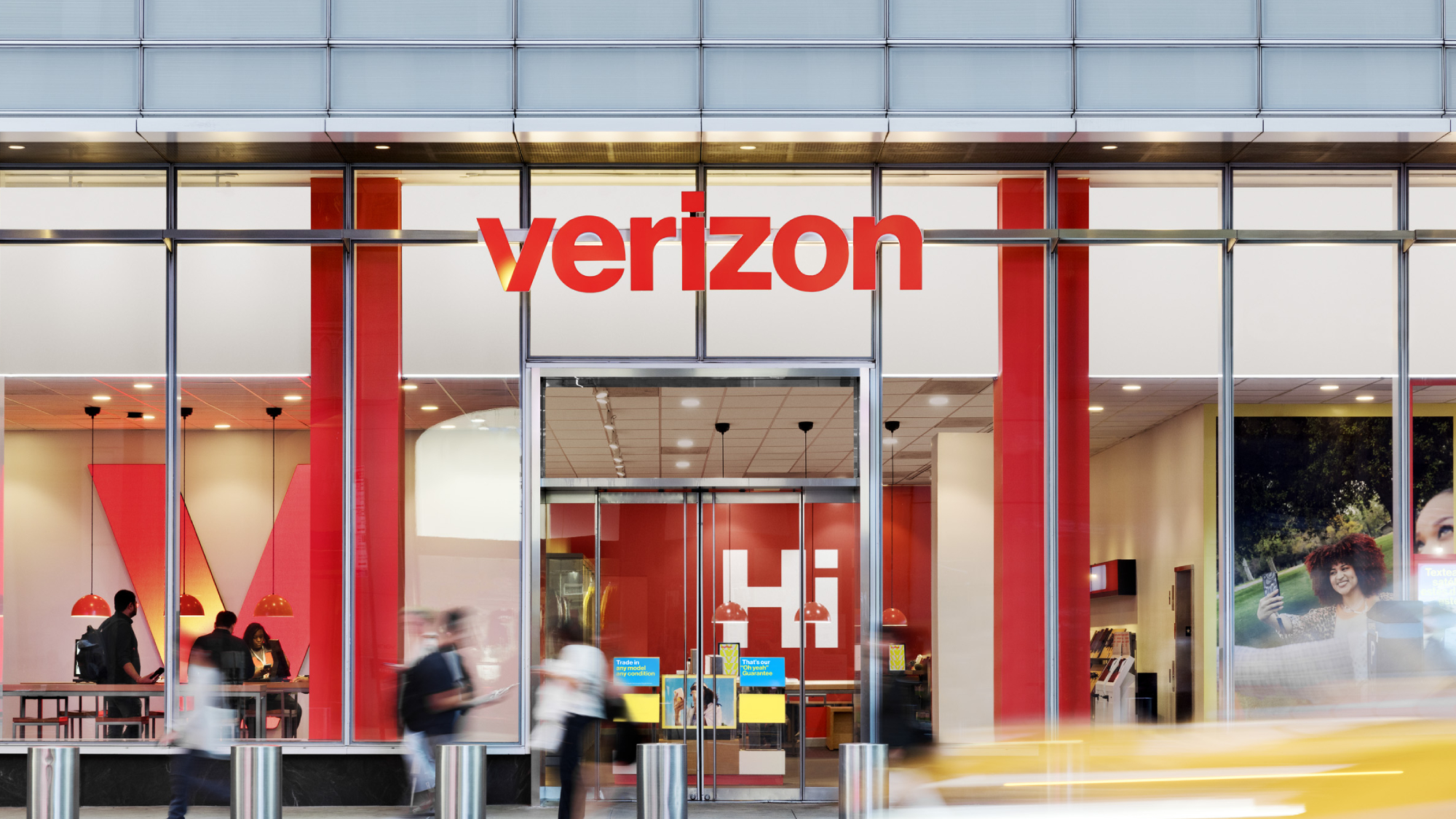
Best Verizon phone deals for November 2025
By Philip Michaels last updated
These are the best Verizon phone deals available right now for both Android and Apple devices.
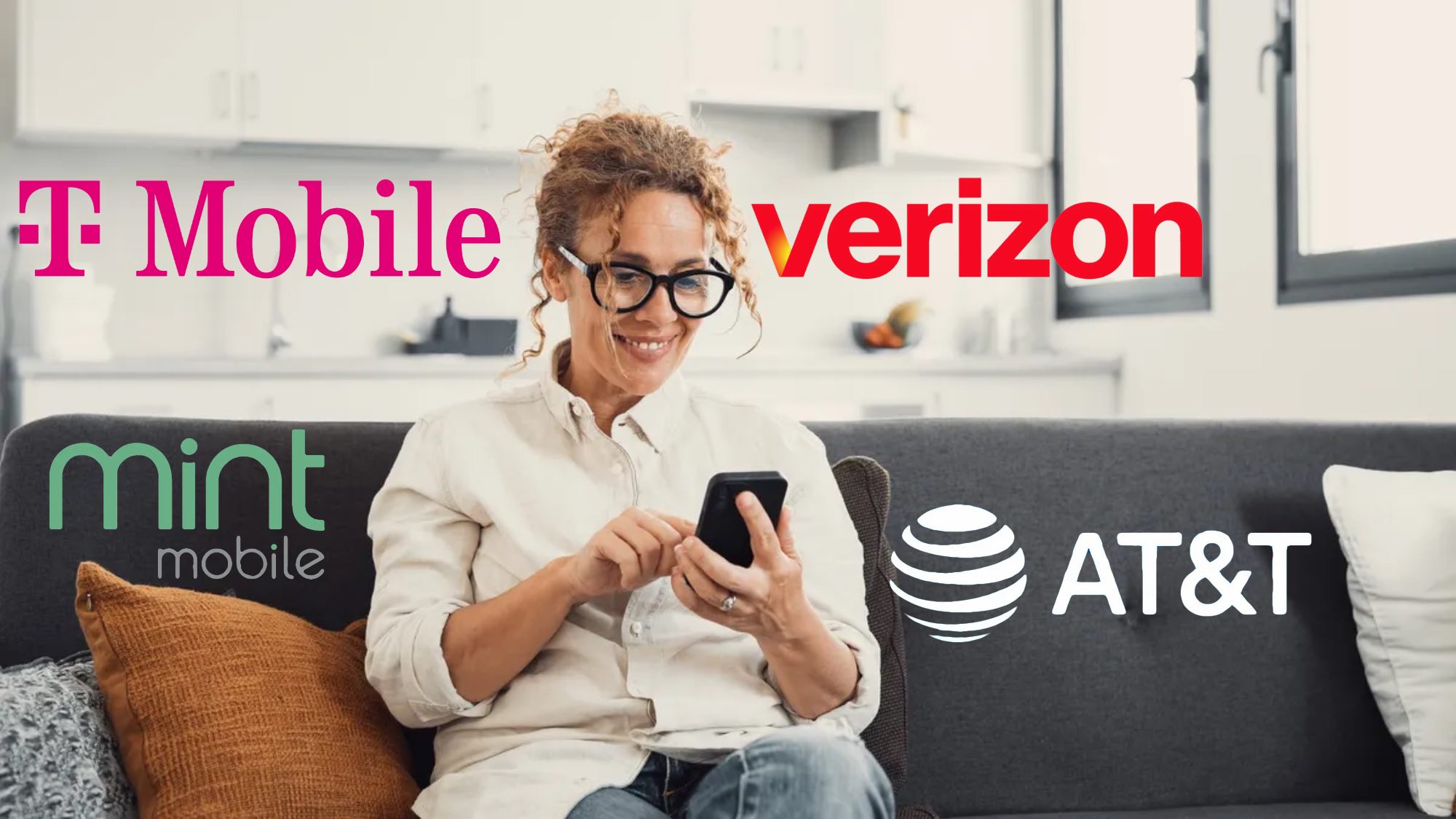
Black Friday phone deals are the perfect reason to switch wireless carriers — here’s the best offers right now
By Philip Michaels published
A lot of Black Friday phone deals are aimed at getting you to switch your wireless service to a new carrier. Here's why you should take carriers up on that offer.

Cell phone service for less — the cheapest plans we've found at each phone carrier
By Philip Michaels last updated
If price is your biggest concern, these are the cheapest options out there
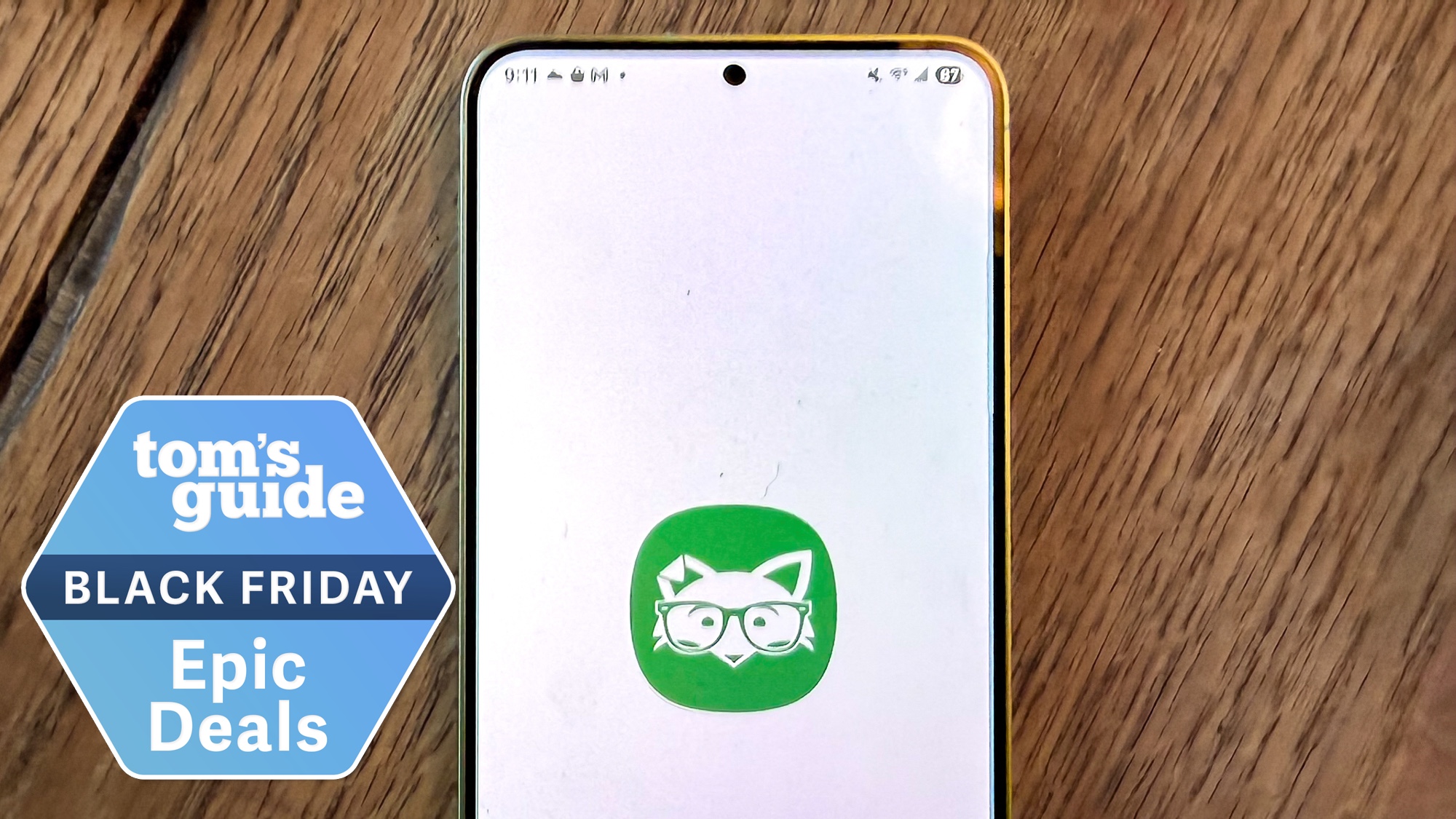
Mint Mobile’s unlimited data plan is 50% off for Black Friday — here’s how to lock in that low rate for a whole year
By Philip Michaels published
Mint Mobile has cut its best rate on unlimited data in half, making it a good option for switchers who want to lock in a lower wireless cost for the next year.
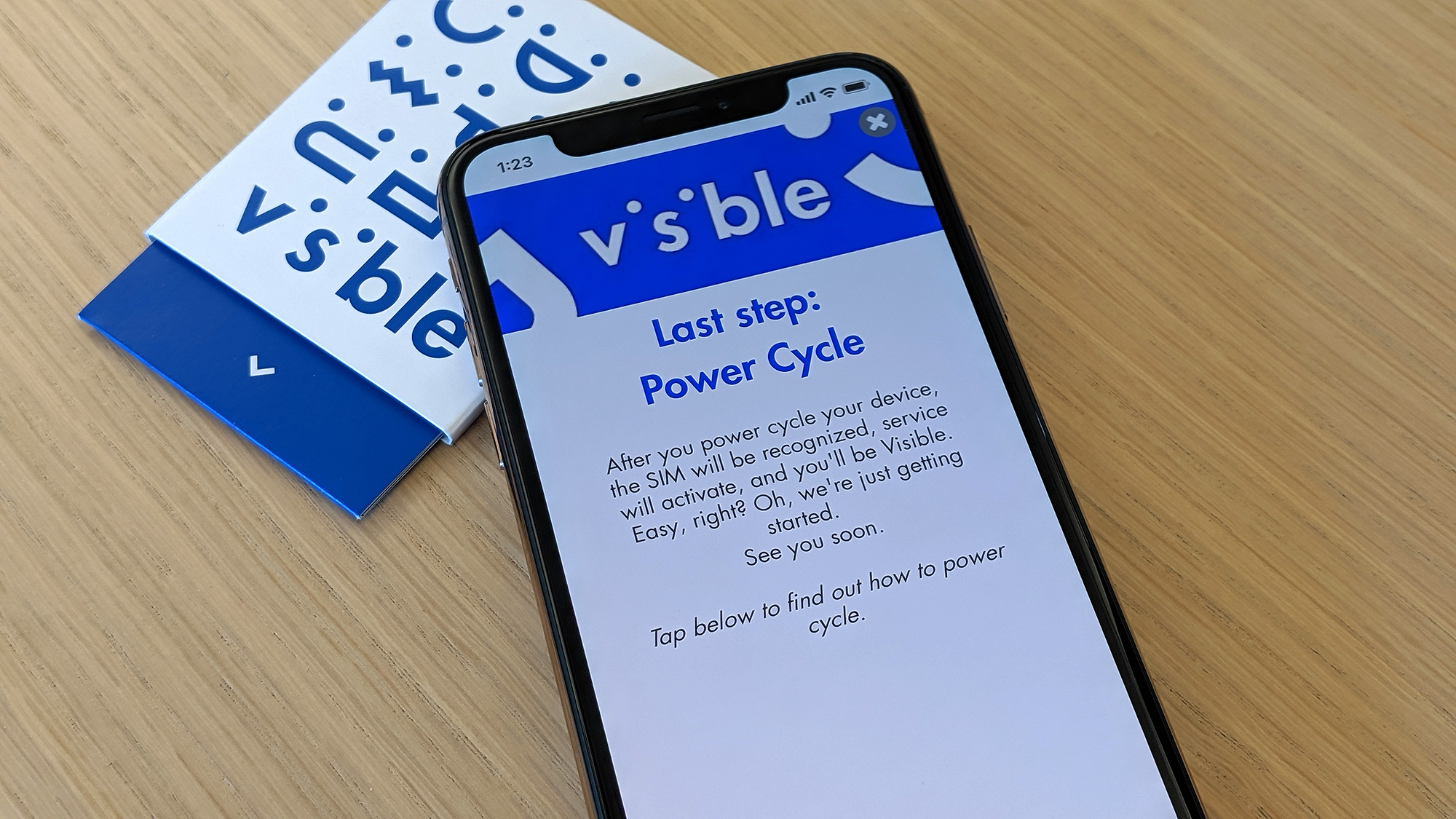
Visible: Are the wireless carrier's low-cost unlimited plans too good to be true?
By Philip Michaels last updated
Verizon-owned Visible offers unlimited smartphone data starting at $25 a month. It's a compelling alternative to pricier wireless phone providers, thanks to Verizon's extensive network.
Here at Tom’s Guide our expert editors are committed to bringing you the best news, reviews and guides to help you stay informed and ahead of the curve!


